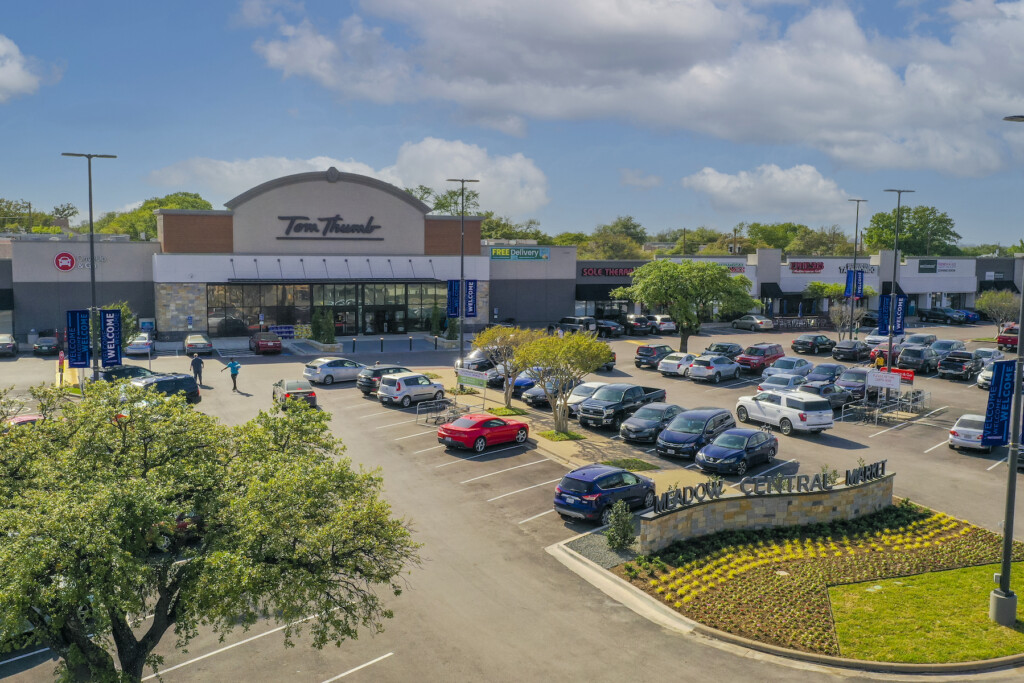The Dallas-Fort Worth retail market has right sized!
After a years-long trend toward steady leasing at a time of extremely low construction, the market’s population and housing growth have caught up to its formerly overbuilt retail space inventory.
As a result, retail occupancy in DFW is now 94.4 percent, the first time occupancy has surpassed 94 percent since Weitzman produced its first retail market survey in 1990.

This trend toward ‘right sizing’ as a result of higher occupancy and low new deliveries can also be found in the other Texas retail markets we operate in: Austin, Houston, and San Antonio.
Austin is at 96.5 percent occupied, Houston is at 95.1 percent, and San Antonio is at 94.5 percent.
Here in DFW, 2022 proved to be one for the record books.
First, there’s that new high point for market occupancy with 94.4 percent for DFW’s massive 199.6-million-square-foot retail market inventory.
Secondly, our market recorded a new record low for retail construction, with only around 604,000 square feet of new retail space added in projects with 25,000 square feet or more.
Brick-and-mortar retail continues to thrive as it becomes more essential than ever, thanks to the industry’s ability to transform with ‘tech and mortar’ – the seamless mix of the physical and the digital.
Retail succeeds when it continually transforms to meet the consumer’s preference for convenience and experience.
To put our right-sized market in perspective, consider that the market has posted occupancy above 90 percent for a decade running.
Then compare that to the 1990s, when the entire decade passed without occupancy ever exceeding 89 percent. The low point, in fact, was 82.1 percent in 1990.
Leasing is another big reason for the right sizing, as the past two years have been some of the market’s best when it comes to leasing demand.
During the worst of the pandemic in 2020, the market posted a near-record vacancy of 17 million square feet.
Today, that vacancy has dropped to 11.2 million square feet.
That’s nearly 6 million square feet of absorption in the past two years.
The current market confirms there’s a premium on quality brick-and-mortar retail, especially at the best-located neighborhood and grocery-anchored centers.
Grocery-anchored retail also dominated construction this past year, a feat that should be repeated for 2023.
But in 2022, it only took four new grocery stores to account for nearly 60 percent of all new space.
If you look at our economy, we’ve got strong population, job, and housing growth. And retail leasing demand remains healthy.
So, why aren’t we building more space?
One reason is the cost of construction, combined with interest rates for construction loans that are up more than 300 basis points.
We also have the continued contraction of large anchor tenants in new space, and active anchors that more often expand through backfill or redevelopment opportunities.
The market is also seeing a number of existing project redevelopments.
These revitalized projects enable older centers to attract today’s expanding retailers with a combination of physical and digital improvements.
For 2023, I know we’re facing some economic headwinds in terms of higher interest rates and persistent inflation, as well as concerns about a possible recession.
We may need to bend, but we never break.
The great thing about retail is how it evolves to get stronger every time the market challenges it.
The 33-year history of our Survey has seen our market face recessions and the rise of e-commerce and a financial crisis, and even a pandemic.
Retail real estate addressed and absorbed the lessons to be learned and transformed itself to be stronger.
The consumer always benefits because every transformation creates a better shopping experience.






